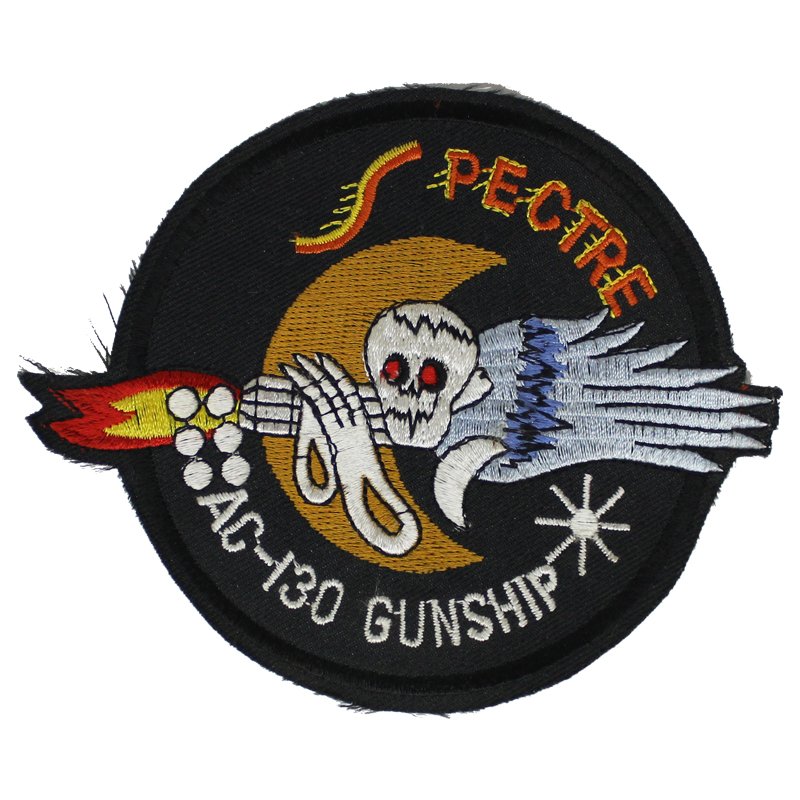

These C-47’s carried paratroopers of the First Allied Airborne Army. Long, twin lines of C-47 Skytrains are loaded with men equipment at an airfield in England before they took off for Operation Market Garden, Sept.

Krajicek, 87, of Longwood, Fla., who flew risky supply missions over the infamous “Hump.” Krajicek devised a new way to climb into the cockpit of a C-47. American pilots used their C-47 Skytrains and C-53 Skytroopers mostly to haul airborne soldiers. To the Royal Air Force, the Dakota, or “Dak” was a mainstay. Army began buying military versions in 1939. Eisenhower called the Douglas aircraft one of four “Tools of Victory” that won World War II for the Allies (together with the atom bomb, the Jeep and the bazooka). Army, and the R4D to American sailors and Marines. In military guise, it was the Dakota to the British, the C-47 to the U.S. Eisenhower called the Douglas aircraft one of four “Tools of Victory” that won World War II for the Allies (together with the atom bomb, the Jeep and the bazooka).īefore World War II, a dozen airlines purchased versions. A typical example was pulled through the air by two 1,200-horsepower Wright R-1830-90C engines and was unremarkable in appearance. His Douglas Aircraft Company believed the DC-3 would be a modest success. 17, 2010 – would be a landmark for pilots, historians and aviation buffs.ĭouglas had succumbed to the advances of American Airlines, which wanted a transport that would provide sleeper berths for 14 passengers. Donald Douglas was not certain his company should build this aircraft and could not anticipate that its 75th anniversary – Dec. 17, 1935 maiden flight of the DC-3 at Clover Field in Santa Monica, Calif., did not produce huge expectations.


 0 kommentar(er)
0 kommentar(er)
